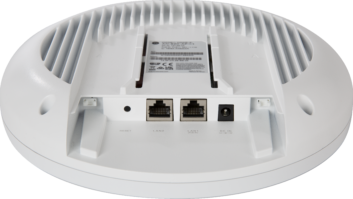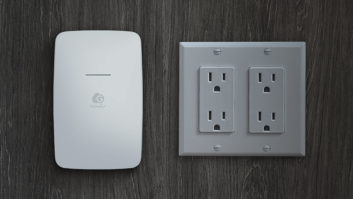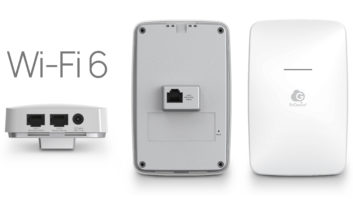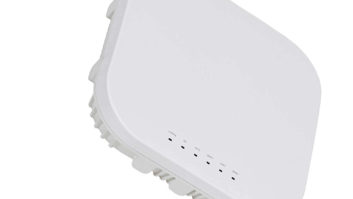I love products that just seem to work properly. AirPods, iPhones, Dyson vacuums, and Pet Rocks are rare examples of simplicity in a world full of shiny space junk that claims simplicity but most times falls far short of the mark. In this same vein, the world of networking had languished for years, dominated by clunky routers bristling with all sorts of wonky antennae, clunky Web-based configuration screens, and lousy user experiences as we dropped and regained signal walking around the house. All of that changed, mercifully, in 2016 when eero started selling its mesh Wi-Fi system. I wasn’t an early convert and remained skeptical for a few years before installing one of their systems in my own home five years ago. The results speak for themselves. Happy wife, happy kids, and happy mother-in-law. We always have 99 problems at home, but the eero ain’t one.
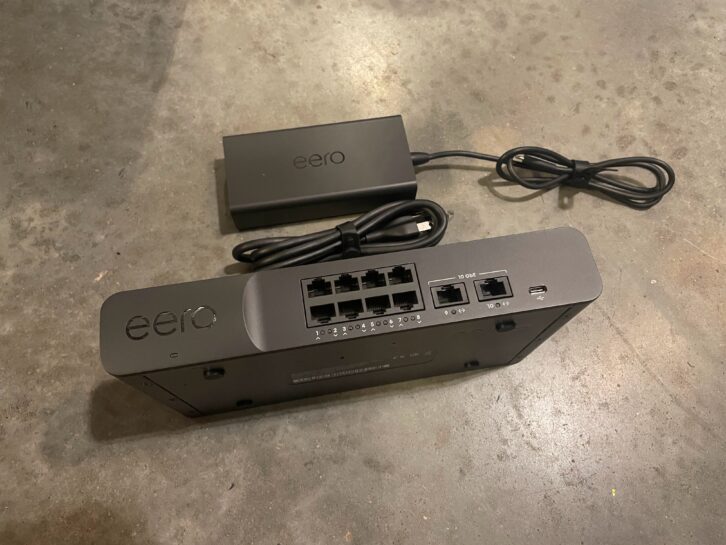
Needless to say, as eero continued to innovate, I’ve tried to keep up by reviewing each subsequent offering. This year is no exception with the debut of new eero PoE 6 gear, including WAPs and a new combination router/PoE gateway. This solution seems squarely aimed at the CI world or savvy DIY clients committed to hardwiring access points, cameras, or anything else that needs a single power/data connection. This new product release also signals a recognition that consumers are increasingly seeing the value in selectively hardwiring certain gear, whether that’s the WAPs themselves or other appliances like video game rigs and set-top boxes like the Apple TV. The inherent pitfalls of most mesh systems have halved rated speeds with each hop, so I have to think that the tales of sacrificing performance at the far reaches of a house combined with paying top dollar for a 1 GB pipe from Big Cable has birthed this renaissance of selective cabling.
Unboxing
The gear all arrives in beautifully designed minimalist packaging. I peeled back the “open me” tamper tape to reveal the eeros inside with the gateway shipping in its own cardboard crib. I laid everything out on the floor and prepared to rip the beating heart out of my network to test the new router. The gateway sports 100 watts of pooled power. Since the average demand of a single PoE device hovers around 10 watts, this is plenty of juice. The other eye catcher is the ability to handle 10 GbE ISP connections, which are in their embryonic phase right now. To some extent, this new gateway leapfrogs other gear on the market by offering a feature you might not see in your own home for a few more years. If that’s not the definition of futureproofing, I don’t know what is.
Installation
I began by upgrading one of my existing eeros with the new eero PoE 6 and fired up the app to run through the installation wizard. Everything went off without a hitch and, after a firmware update, I began surfing around with blazing speed. My previous attempt at installing an eero in that same location produced some lousy results, including confusion around which eeros my Apple TV and Sonos gear should join. I’d disconnected it, thinking I was destined for weak signal in my garage until the end of time. This version seemed to fix everything, which clearly shows eero is continuing to innovate on its beamforming capabilities that intelligently figure out where devices are being most heavily used in the home and routes signal dynamically, ensuring better performance and fewer drops.
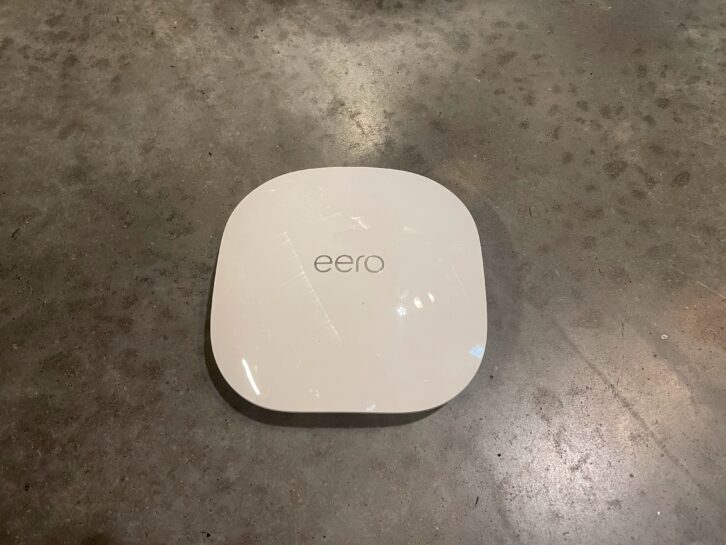
The pandemic turned up the heat on the Wi-Fi industry to improve the call dropping with daily Zoom calls and FaceTimes with grandparents becoming the norm. This eero product launch feels solidly post-pandemic and reflects a ton of R&D invested in improving the customer experience. The only significant deviation for new installations from previous eero generations is the new gateway doesn’t have Wi-Fi built in, so an additional eero PoE access point is required at that central point for 100 percent Wi-Fi coverage.
Decoupling and Operant Conditioning

The new eero Pro PoE Gateway seems intentionally decoupled from its Wi-Fi access points, which may encourage updates more often. Previous iterations of eero always featured the first access point in line as the beating heart of the system. Upgrading it involved heart palpitations where you pulled the rug out from under yourself for a few minutes, hoping like hell the internet connection would come back up. With protocols like Wi-Fi 7 on the way, I can see a world where a gateway owner would be much more likely to upgrade existing access points because the nerve center is safely onboard a black metal box that may only need upgrading every five years vs. the two-to-three-year upgrade cycle of wireless access points.
Another interesting feature this time around is the introduction of a licensing screen that tells me I’m okay through August 11, 2028. What happens after that? My guess is this is eero’s way of getting us ready for a pay-for-play relationship where the software and hardware are decoupled and we’ll all be used to subscribing to everything by August 11, 2028, so who cares? I have no idea where this is headed, just thought it interesting that eero wants to let me know my gear is licensed. Feels a little Pavlovian to me. Arf arf!
Final Report
The new eero PoE Gateway and wireless access points go a long way toward improving simplicity in a world with ever-increasing wired and wireless demands. These products are a slam dunk for new and existing homes that have a mix of hardwired access points, surveillance cameras, gaming systems, and streaming set-top boxes. Kudos to eero for continuing to understand its audience and double kudos to Amazon for not trying to fix something that wasn’t broken.
For more information, visit www.eero.com/shop/eero-pro-6.

